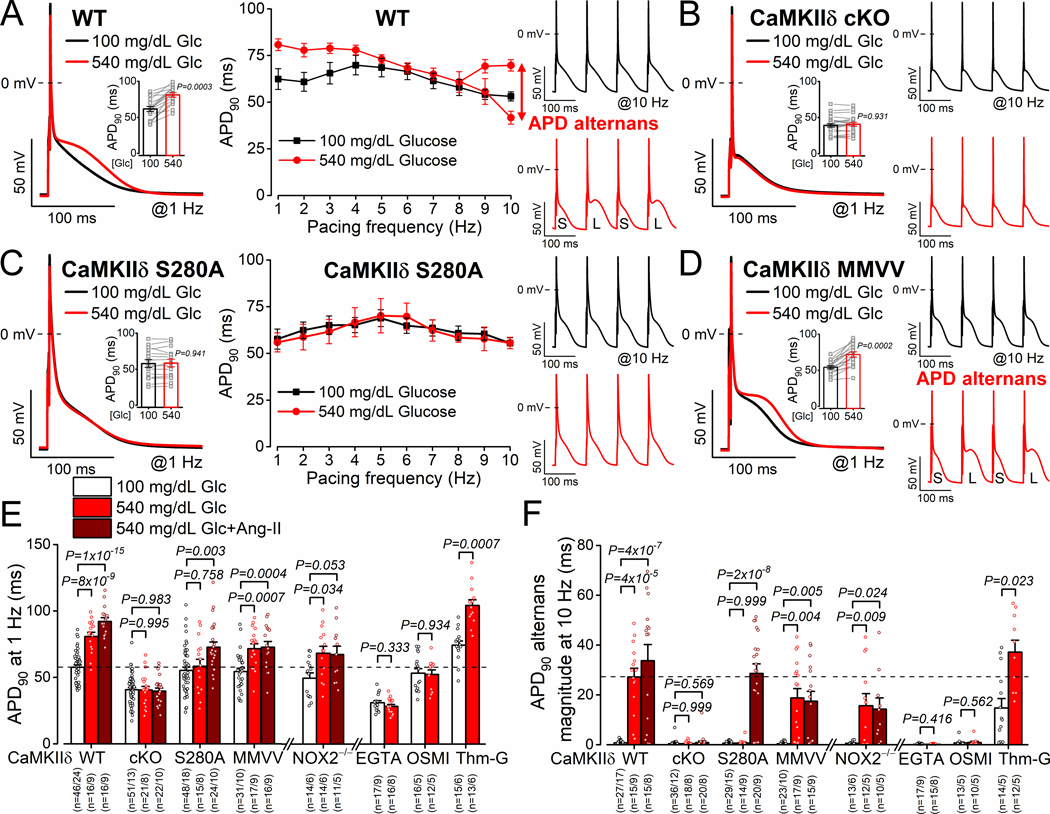Figure 3. Glucose-induced arrhythmogenic action potentials are CaMKIIδ-S280 O-GlcNAcylation dependent.
A, Action potential duration (APD) prolongation and alternans (S, short; L, long) were increased by acute high-glucose treatment in WT myocytes (n=16 cells from 9 animals). B, Arrhythmogenic APD responses were prevented by CaMKIIδ-cKO (n=21 cells from 8 animals). C-D, CaMKIIδ-S280A knock-in (n=15 ells from 8 animals) but not MMVV (n=17 cells from 9 animals) was resistant to glucose-induced acute APD changes. Nested t-test. E-F, Glucose-induced APD changes were prevented by CaMKIIδ-cKO, S280A, intracellular Ca2+ buffering (EGTA) or the O-GlcNAc transferase inhibitor OSMI-1 but enhanced by the O-GlcNAcase inhibitor Thiamet-G (Thm-G) in WT. Angiotensin II (Ang-II) further enhanced arrhythmogenic APD changes, which was prevented by CaMKIIδ-cKO, MMVV or in NOX2−/− (n=total number of cells/animals is reported in the figure). Nested one-way ANOVA, followed by Dunnett’s multiple comparisons test was used to compare 3 groups. Nested t-test was used to compare two groups.

